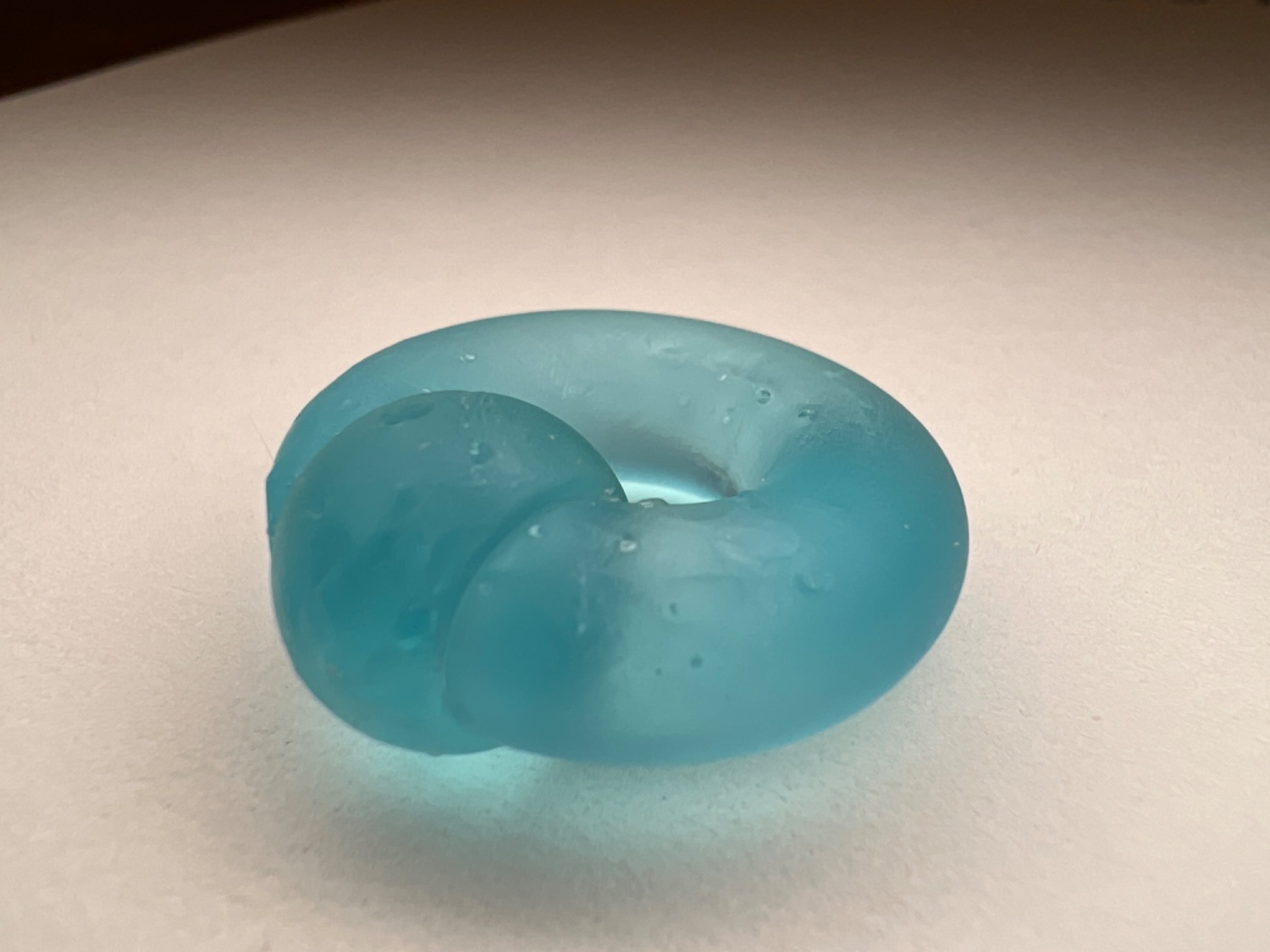All plastic can be sanded and polished. Generally, you can follow an autobody like polishing regime. Something like 3M Imperial Wet/Dry 600, 800, 1000, 1500, 2000, 2500, then 3M Perfect-It 2 with a heavy cut pad, depending on the color and material, you may need a soft cut pad and light polish.
In practice, you might be able to skip 800 or 1000, and maybe 2000, but it really depends on the material properties. You will have a hard time finding an equivalent to Perfect-It 2 outside of an automotive paint supply shop. Stuff available in the consumer space to total crap. You really need power tools like a buffer with very fine speed controls to polish correctly. The pad does the work, the compound is more like a lube and cooling agent. It does some work, but most is the pad. The critical thing is knowing how to wet the pad and manage the temperatures so you don't overhead and burn the job. Automotive clear coats are a two part catalyzed polyurethane. Overheating a printed part and clear coat is nearly the same effect. I haven't done UV resin specifically, but I have messed with a lot of similar media, and was a painter and owner of a small body shop for around 6 years. I have polished every type of common FDM material except nylon and TPU. If you are not able to get a decent heavy cut pad and polish, just use an old crew sock with a somewhat course texture and toothpaste. Toothpaste has a fairly consistent heavy cut grit. It won't work as well or reach the same final gloss, but it will beat any polish you can buy in an auto parts or big box store.
